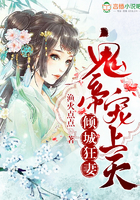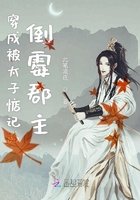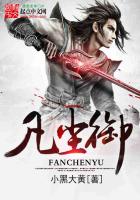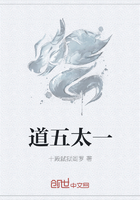The army of Chu first tried to outflank the army of Wu and destroy their warships in order to cut the Wu forces off from possible reinforcement and retreat. However, an impatient Chu general called Nangwa didn’t allow enough time for his forces to successfully get behind the Wu forces. He desired personal glory and so rashly he led his army across the Han River to attack the Wu army.
When he saw Nangwa’s forces advance across the river, Sun Tzu immediately ordered his forces to pretend to withdraw at once. At Boju at the foot of the Dabieshan Mountain after retreating some hundreds of kilometers, Sun mustered his armies and waited for the enemy.
In ten days in the middle of November in the year 505 BC, with banners and flags unfurled and the drums of war echoing off the verdant hills, the legendary Battle of Boju, the most large-scale military engagement since the Shang and Zhou Dynasties (16th century BC-256 BC), took place. With Dabieshan Mountain at their backs, the Wu armies rushed at the forces of Chu. It was a fierce battle with much blood spilt on both sides, but in the end the 30,000-strong Wu army miraculously emerged victorious against the 200,000 soldiers of the Chu army.
Sun Tzu explained the rationale behind such a battle in The Art of War: “Place your army in deadly peril, and it will survive; plunge it into desperate straits, and it will emerge safely.” The Battle of Boju was the very zenith of the practical application of Sun Tzu’s military thought on the battlefield.
The advance of the Wu armies into the lands of Chu could not now be stopped. The rampant Wu forces carried all before them. The Chu general Yinshu Shen staged a desperate rearguard action in an attempt to stem the tide but it was to no avail. General Shen died in battle on the very threshold of the state capital. In ten days the Wu armies attacked five times and achieved five crushing victories. The Chu king, Zhao, fled with his retinue to the State of Sui. The forces of the State of Wu entered triumphantly the gates of the Chu capital, Ying. Victory was theirs.
The seemingly invincible state of Chu had been comprehensively overrun and conquered by a numerically inferior force. It is true that the Wu armies were smaller in numbers than those of the Chu, but they were commanded by one of the greatest military minds of all history, Sun Tzu. The war against the Chu marked the coming of age of Chinese military strategy. It was the first recorded example of a military “campaign” in the modern sense of a carefully planned programme of military engagement. The victory was a vindication of Sun’s assertion that military triumph comes only with the fusion and cooperation of the talent, wisdom, courage and will of the people of a state. It was also, above all, the supreme vindication of the military theories of a young man from the lands of Qi, Sun Tzu.
To many contemporary observers, the State of Chu had seemed the strongest of all the candidates who might one day unite the fragmented states of the Chinese lands. Thus the unlikely triumph of the Wu can be said to have fundamentally altered the course of Chinese history. Without their victory over the Chu, perhaps Qin Shihuang, cruel originator of the Qin dynasty (221 BC-206 BC) centuries later, would never have risen to power.
There are 13 sections and a mere 5,913 Chinese characters in the book The Art of War , but one could say that three sentences and 12 Chinese characters are enough to convey the essential message of the book: Know your enemy. Know yourself; Know the conventions of war but do not fear to transcend them; Strike the enemy where they are weakest.















